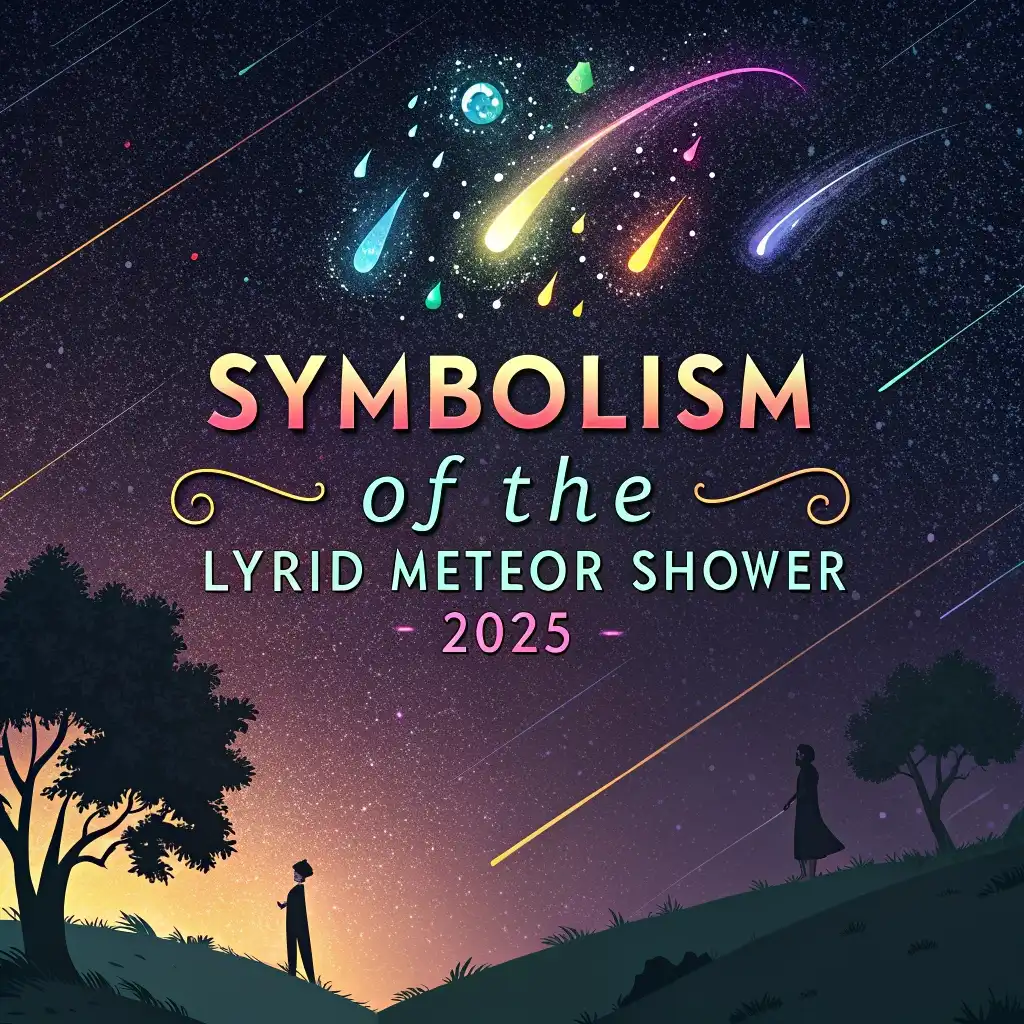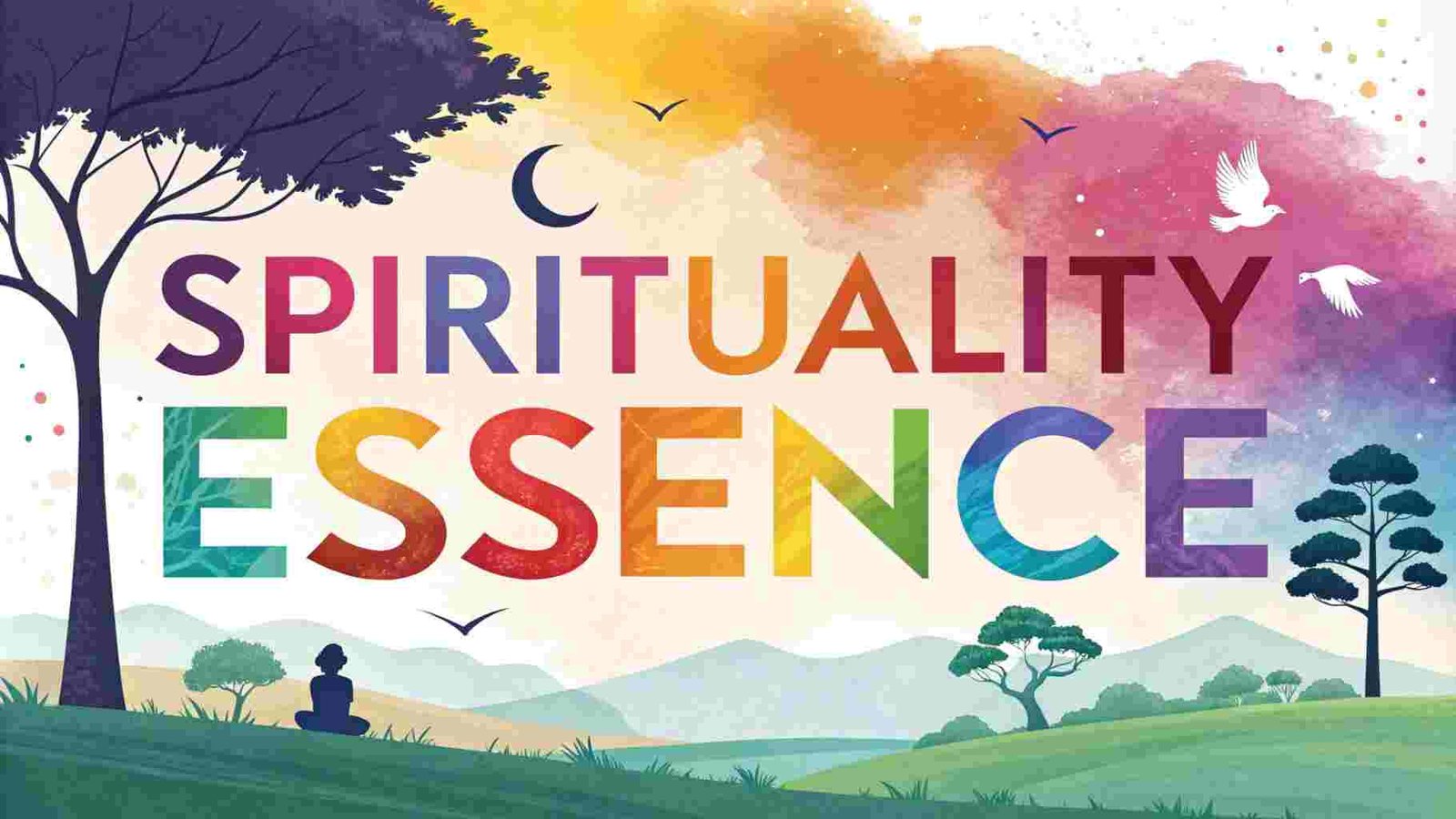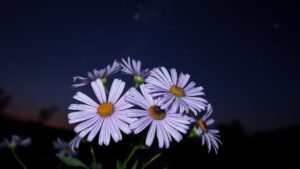Are you ready to look up at the night sky and witness something magical? The Lyrid meteor shower 2025 is coming, and it promises a show that’s more than just pretty lights.
This event peaks on April 22, 2025, and it carries deep symbolism that connects us to history, nature, and even our own dreams.
Imagine sitting under a blanket of stars, watching fiery streaks zip across the sky. Sounds exciting, right?
In this blog post, we’ll explore what the Lyrids mean, why they matter, and how you can enjoy them.
Key Takeaways

- The Lyrids connect us to ancient times. People have watched this shower for over 2,700 years, starting with the Chinese in 687 BCE. It’s like a time machine in the sky!
- Nature plays a big role. The meteors come from Comet Thatcher, showing how Earth and space work together.
- Symbolism is everywhere. The Lyrids stand for renewal, hope, and life’s fleeting beauty.
- You can watch them easily. The peak hits on April 22, 2025, with 10 to 20 meteors per hour in dark skies.
- Cultures see them differently. From Chinese records to Aboriginal stories, the Lyrids inspire unique meanings.
- They spark personal reflection. Watching them can make you think about your own life and dreams.
What Is the Lyrid Meteor Shower?

The Lyrid meteor shower happens every April. In 2025, it runs from April 16 to April 25, with the best night on April 22. Meteors are bits of dust and rock that burn up in Earth’s atmosphere.
These pieces come from Comet Thatcher, a space traveler that swings by every 415 years. When Earth passes through this comet’s trail, we get a meteor shower.
The Lyrids get their name from the constellation Lyra, where they seem to start. Lyra holds the bright star Vega, a guidepost in the sky.
This shower isn’t the biggest, but it’s special. On a good night, you might see 10 to 20 meteors per hour. Sometimes, it surprises us with bursts of up to 100! The waning crescent moon in 2025 will keep the sky dark, making it easier to spot these streaks.
People have watched the Lyrids for thousands of years. It’s a simple event with a big impact, blending science and wonder into one amazing night.
Why Do We Call It the Lyrids?
The name “Lyrids” comes from Lyra, a small constellation shaped like a harp. The meteors look like they shoot out from this spot near Vega, the fifth-brightest star in the sky. Scientists call this point the radiant.
You don’t need to stare at Lyra to see the meteors, though. They zip all over the sky! The name ties the shower to a story in the stars.
Lyra links to an old Greek myth about Orpheus, a musician with a magical harp. His music could charm anyone, even nature itself. Naming the shower after Lyra adds a poetic touch.
It’s like the meteors play a song as they fall. In 2025, this connection feels alive. The Lyrids remind us of stories told under the stars, linking past and present in a simple, beautiful way.
How Old Is the Lyrid Meteor Shower?

The Lyrids are ancient. People first wrote about them in 687 BCE in China. That’s over 2,700 years ago! A record from that time says stars fell like rain, lighting up the night.
This makes the Lyrids one of the oldest known meteor showers. Imagine folks back then, looking up in awe, just like we do now.
Comet Thatcher, the Lyrids’ source, has a long orbit. It takes 415 years to circle the Sun. The last time it came close was 1861, before cameras could snap it.
We won’t see it again until 2283. But its dust keeps coming back every year. This shower ties us to history, showing how some things stay the same, even as time moves on.
What Does the Lyrid Meteor Shower Symbolize?
The Lyrids carry deep meaning. They show up in spring, a time of new beginnings. For many, they stand for renewal. The meteors flash and fade fast, reminding us life is short but bright. They also spark hope. Watching them feels like a fresh start, a chance to dream big.
Different cultures see them in unique ways. In China, that 687 BCE shower was a wonder. For Australia’s Boorong people, the Lyrids mark the Mallee fowl’s nesting season, tied to Vega.
These views show how the shower links us to nature and stories. In 2025, the Lyrids invite us to find our own meaning, blending the past with our hopes for tomorrow.
How Does Nature Shape the Lyrids’ Symbolism?
Nature drives the Lyrids. They come from Comet Thatcher’s dust, left behind as it travels. When Earth crosses this trail, the dust burns up, making meteors.
This dance between Earth and space happens every year. It’s a reminder of how connected we are to the universe.
Spring adds to the meaning. In April, flowers bloom, and days grow longer. The Lyrids fit this pattern of growth. They light up the sky as nature wakes up below.
This link makes the shower a symbol of life’s cycles, showing how everything in nature works together, from comets to seasons.
Why Are the Lyrids a Symbol of Hope?
The Lyrids shine with hope. They appear suddenly, cutting through the dark. Each meteor feels like a wish, a burst of light in the night.
People often make wishes on shooting stars, and the Lyrids give plenty of chances. In 2025, with a dark sky, that hope feels even stronger.
History backs this up. Outbursts, like in 1982, brought up to 100 meteors per hour. These rare shows lift spirits. They prove beauty can surprise us. The Lyrids tell us to keep looking up, knowing good things can come when we least expect them.
What Makes the Lyrids So Fleeting?
Meteors don’t last long. The Lyrids zip by at 29 miles per second. They burn up in seconds, leaving a quick glow. This speed makes them special.
You have to pay attention to catch them. In 2025, the peak on April 22 will be short but sweet.
This fleeting nature mirrors life. Things come and go fast, but they leave a mark. The Lyrids’ brief flashes remind us to enjoy the moment.
Their short life makes them a symbol of beauty that doesn’t linger, pushing us to appreciate what we see right now.
How Do Cultures Interpret the Lyrids?
Cultures see the Lyrids in fun ways. In China, that 687 BCE shower was a marvel, a sign of nature’s power. The Boorong tribe in Australia links them to the Mallee fowl, a bird that scratches nests when Vega shines. These stories show how people tie the sky to their lives.
Greek myths add another layer. Lyra’s harp connects to Orpheus, who played music to heal and unite.
The Lyrids might echo that harmony. In 2025, these tales make the shower a bridge between cultures, showing how we all find meaning in the same stars.
What Can the Lyrids Teach Us Personally?
The Lyrids spark big thoughts. Watching them, you might wonder about your place in the world. They’re small bits of dust, yet they shine bright. It’s a lesson in making the most of what you have. In 2025, this feels personal under a quiet sky.
They also push us to slow down. You can’t rush a meteor shower. Sitting still, waiting for a streak, clears your mind. The Lyrids invite us to reflect, asking what lights up our own lives and how we can shine, even for a moment.
How Can You Watch the Lyrids in 2025?
Want to see the Lyrids? It’s easy! They peak on April 22, 2025, from late evening to dawn. Find a dark spot away from city lights. The radiant rises in the northeast before midnight, but meteors show up everywhere. Look up after midnight for the best view.
Bring a blanket and a friend. The waning crescent moon won’t rise until late, so the sky stays dark. Expect 10 to 20 meteors per hour, maybe more if luck’s on your side. Dress warm and let your eyes adjust. It’s a simple night of wonder waiting for you!
FAQs
When Is the Best Time to Watch the Lyrid Meteor Shower in 2025?
The best time is late evening on April 21 to dawn on April 22, 2025. The peak hits at 16 UTC on April 22, so after midnight works great for most places. The dark sky helps you see more.
Where Should I Go to See the Lyrids?
Pick a spot far from city lights. A park or countryside works best. The less light, the better you’ll see the meteors. Face northeast, but scan the whole sky.
How Many Meteors Will I See During the Lyrids?
You might see 10 to 20 meteors per hour in a dark sky. Sometimes, bursts bring up to 100. It depends on luck and where you are.
What Makes the Lyrids Different from Other Meteor Showers?
The Lyrids are old, over 2,700 years recorded. They’re not the biggest, but they can surprise with bright fireballs. Their link to Lyra and Comet Thatcher sets them apart.
Can Kids Enjoy the Lyrid Meteor Shower Too?
Yes! Kids love the excitement of shooting stars. Keep it simple—bring snacks, a blanket, and tell them it’s space dust making light. They’ll have a blast.

Hello, I’m Zephyra, your guide at SpiritualityEssence.com. I’m passionate about uncovering life’s mysteries and sharing transformative insights. Let’s explore mindfulness, ancient rituals, and the path to a more awakened life together. Join me on this spiritual journey!

















